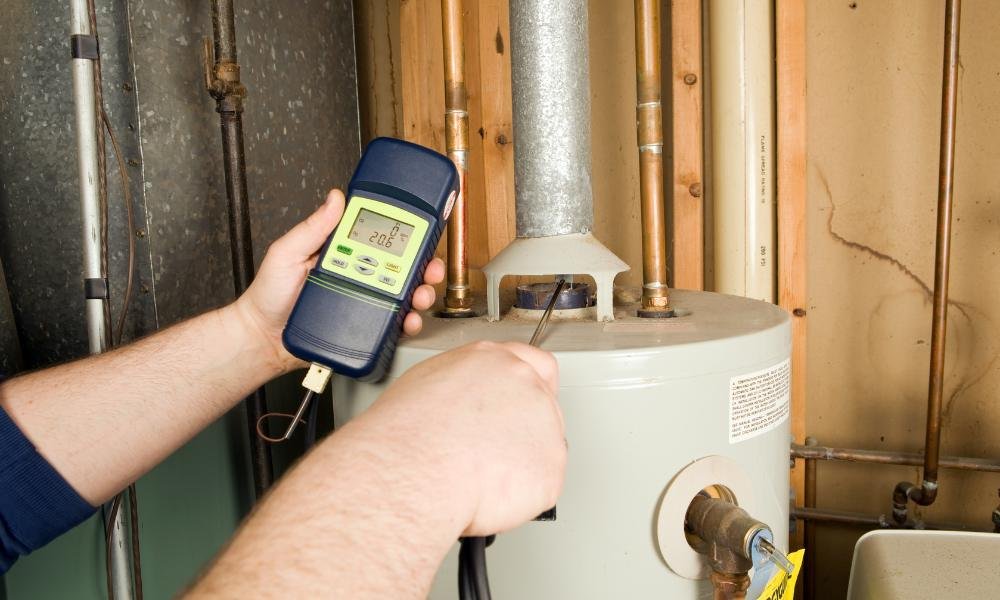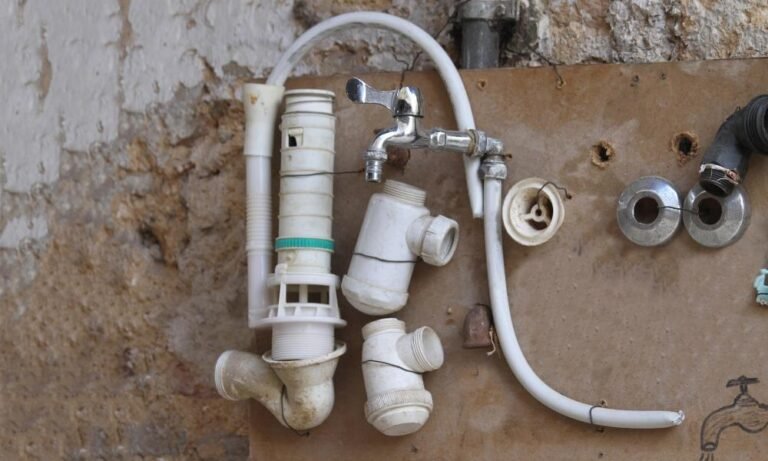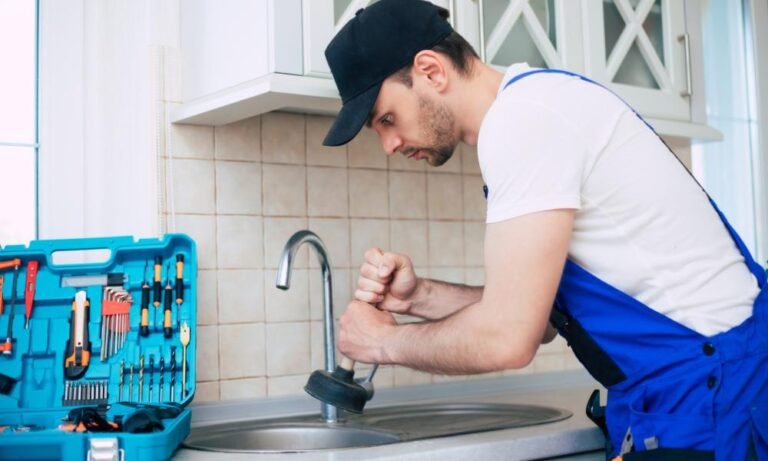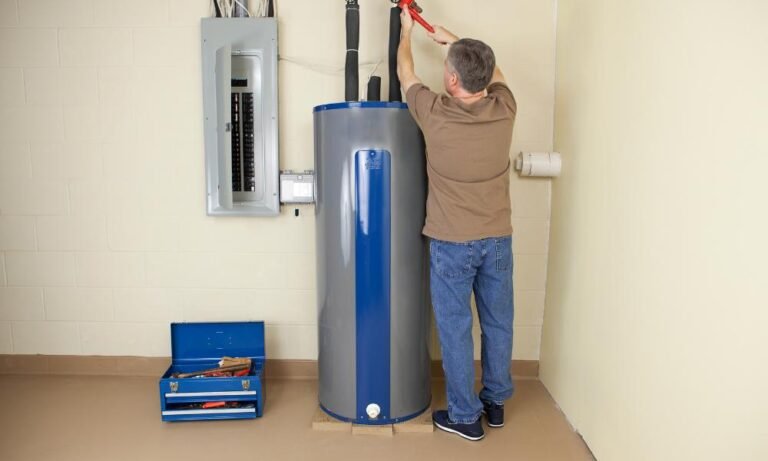Estimated reading time: 6 minutes
Your water heater plays a crucial role in your daily life, from warm showers to clean dishes. But did you know it’s also one of the biggest energy users in your home? With some straightforward strategies and smart maintenance, you can improve your heater’s efficiency and reduce your utility costs—without sacrificing comfort.
Here’s what you’ll discover in this guide:
- Easy adjustments to save energy.
- Maintenance tips to keep your appliance running smoothly.
- Advice on upgrading to a modern, energy-efficient model.
Let’s get started and uncover ways to lower your bills while keeping things warm and cozy.
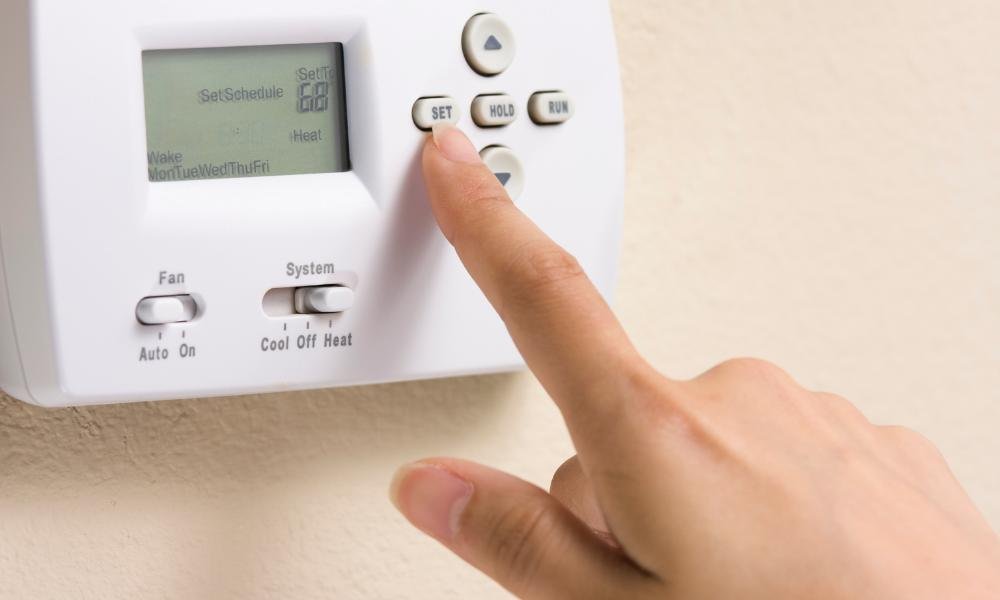
Adjust the Temperature Setting
Setting your water heater’s thermostat to 120°F is one of the simplest ways to reduce energy use. Many heaters are preset to 140°F, which is often hotter than necessary and increases energy consumption. Dropping the temperature not only cuts energy costs but also minimizes the risk of scalding accidents.
Did You Know?
Lowering the temperature by 10°F can save up to 5% on heating costs. Over time, that adds up to significant savings.
Insulate the Tank and Pipes
Water heaters, especially older models, can lose heat through the tank and pipes. Insulating these components helps retain warmth and reduces the energy required to maintain the desired temperature. Tank insulation kits and foam pipe wraps are inexpensive and easy to install.
Practical Tip:
When insulating pipes, focus on those closest to the tank, as these have the greatest heat loss. Avoid covering control panels or venting components to maintain safety.
Flush Out Sediment
Sediment buildup at the bottom of your tank can act as an insulating layer, making it harder for the heating element to do its job. Flushing the tank annually helps remove these deposits and restores efficiency.
How To:
- Turn off the power or gas supply.
- Attach a hose to the drain valve.
- Direct the water into a safe area and drain the tank until clear water flows.
If you’re not comfortable doing this yourself, a professional plumber can help.
Fix Leaks and Drips
A dripping faucet or leaky pipe may seem like a minor issue, but over time, it wastes gallons of water and drives up energy costs. Make it a habit to check for leaks and repair them promptly. This simple step can make a noticeable difference in both water and energy savings.
Use Low-Flow Fixtures
Low-flow showerheads and faucet aerators reduce the volume of water flowing through your fixtures. With less water to heat, you’ll save energy without compromising performance. Look for WaterSense-certified products, which meet efficiency and performance standards.
Quick Win:
Switching to low-flow fixtures can cut water use by up to 50%, translating to significant savings over the year.
Take Shorter Showers
We all enjoy a warm shower after a long day, but keeping it brief can save gallons of water and reduce energy use. Cutting just two minutes off your shower time can have a surprisingly positive impact on your bills.
Optimize Appliance Usage
Running full loads in your dishwasher and washing machine is an effective way to maximize the efficiency of your water usage. These appliances consume the same energy regardless of the load size, so you’ll get the most out of every cycle by consolidating smaller loads.
Install Heat Traps
Heat traps are an excellent way to reduce energy loss from your system. They prevent unwanted heat from escaping through the inlet and outlet pipes. While newer water heaters often come with built-in heat traps, older models may require retrofitting.
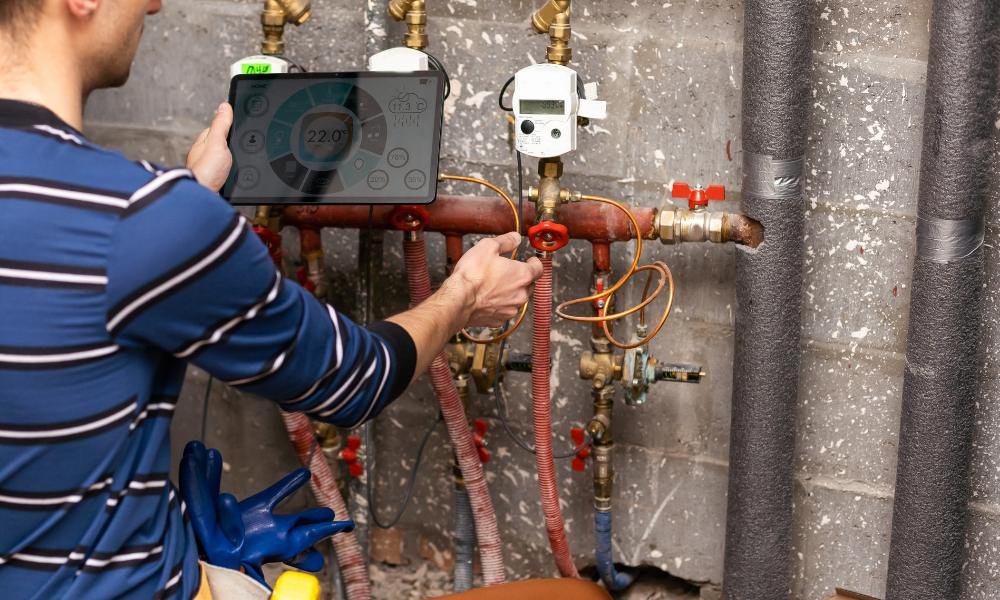
Upgrade to an Energy-Efficient Model
If your current unit is over 10 years old, it might be time to consider an upgrade. Modern models, like tankless or heat pump water heaters, use innovative technology to deliver hot water more efficiently.
Popular Options:
- Tankless Water Heaters: Heat water on demand, eliminating standby heat loss.
- Heat Pump Models: Use surrounding air to warm the water, consuming significantly less energy.
While these models have a higher upfront cost, the energy savings often offset the initial investment within a few years.
Be Smart About Placement
Where you place your water heater can impact its efficiency. Ideally, it should be located centrally to minimize heat loss as water travels through the pipes. Avoid installing it in uninsulated spaces like garages or attics, where temperature fluctuations force the unit to work harder.
Maintain Key Components
Regular maintenance goes a long way in ensuring your water heater operates efficiently. Here’s a quick checklist:
- Anode Rod: Inspect and replace if corroded to prevent tank damage.
- Thermostat: Test for accuracy and recalibrate if needed.
- Heating Elements: Clean or replace if mineral deposits accumulate.
Addressing these issues promptly can extend the life of your heater and keep it running smoothly.
Consider Solar or Hybrid Options
For the environmentally conscious, solar water heaters and hybrid models offer excellent energy savings. Solar heaters use sunlight to heat water, while hybrid models combine traditional heating with energy-efficient heat pump technology. These systems are an investment in both your home and the planet.
Monitor for Efficiency Issues
Pay attention to signs that your water heater isn’t performing optimally, such as:
- Hot water running out too quickly.
- Discolored or smelly water.
- Strange noises coming from the tank.
- Higher-than-usual energy bills.
These symptoms often indicate a need for maintenance or replacement.
Professional Maintenance: A Smart Investment
While many tasks can be handled on your own, some are best left to professionals. Annual checkups can uncover hidden issues and keep your system in peak condition. A little preventive care now can save you from costly repairs later.
Final Thoughts
Improving your water heater’s energy efficiency doesn’t have to be complicated. By adjusting the temperature, insulating the system, and adopting smarter water usage habits, you can enjoy lower utility bills without sacrificing comfort. When it’s time to upgrade, consider modern, energy-saving models that align with your needs.
Start small—pick one or two tips to implement this week. Every step you take brings you closer to a more efficient home and lower bills. Got a favorite tip or a question? I’d love to hear your thoughts!
